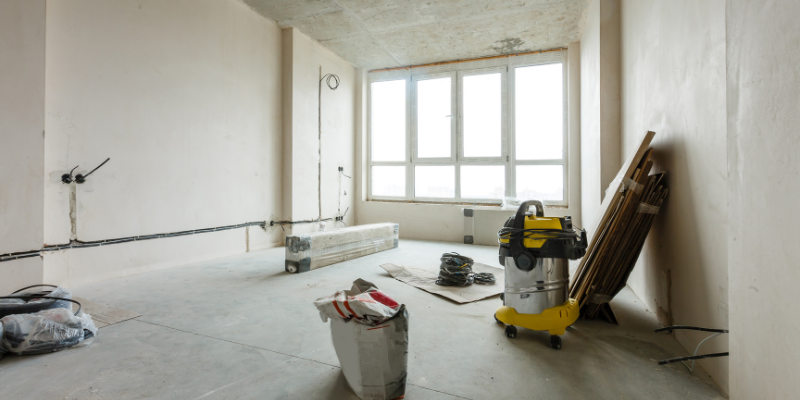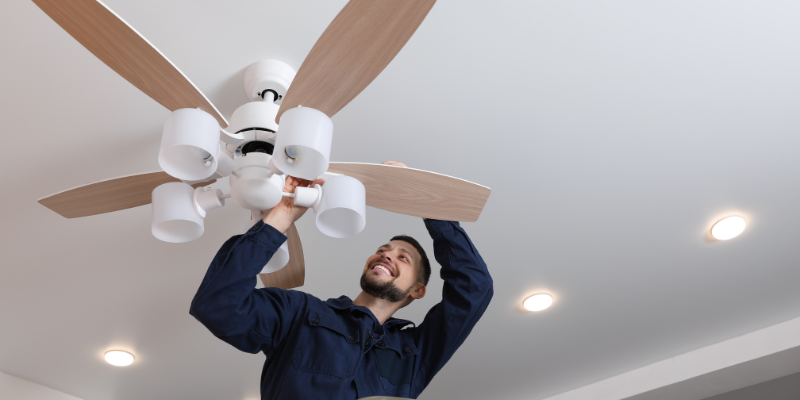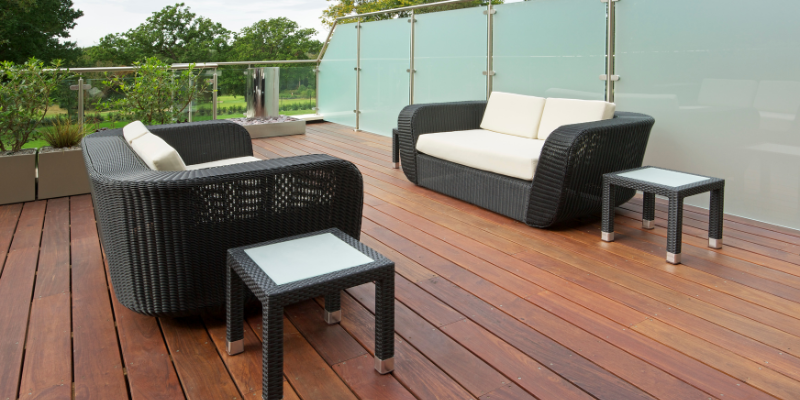Handyman Alpharetta GA: Creating Accessible Rooms for Disabled & Elderly Individuals
Handyman Alpharetta GA: Creating Accessible Rooms for Disabled & Elderly Individuals
Designing a safe and inclusive home environment for your family, friends, and visitors doesn't have to be overwhelming.
With the right planning, guidance, and skills, you can create accessible spaces that accommodate a variety of disabilities or mobility challenges.
Whether you're making rooms more accessible for a disabled family member or modifying a home for an elderly loved one to support aging in place, these changes can greatly enhance comfort, convenience, and peace of mind for everyone involved.
While some renovations may be simple enough for a homeowner to tackle, others may require the expertise of a professional.
In this article, we’ll explore key steps to take when adapting your home for disabilities or mobility issues.
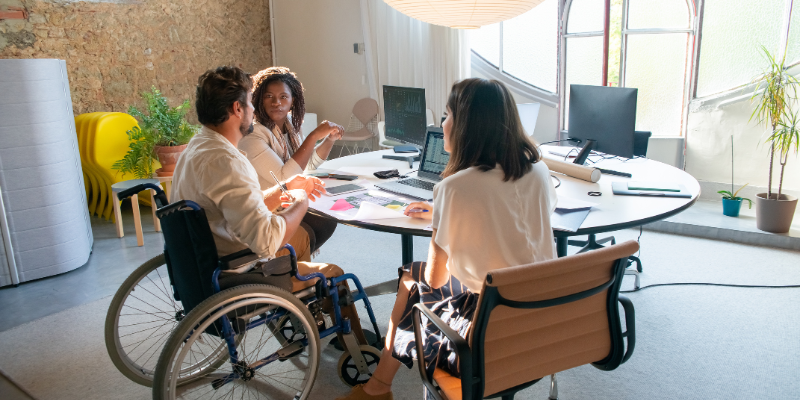
Hearing-Accessible Rooms
For individuals with hearing impairments, relying on visual cues can help create a more accessible environment.
Installing visual alarms or flashing lights as substitutes for doorbells, alarms, and timers can be incredibly effective.
A flashing light doorbell, for example, can alert those with hearing challenges when someone is at the door.
These devices often install similarly to traditional doorbells, but instead of emitting sound, they flash a light when the button is pressed.
Beyond doorbells, flashing lights or visual alarms can be used for phone call notifications or emergency alerts like fire alarms.
Small changes, such as hanging up diagrams of the room’s layout or using noise-canceling curtains and sound-absorbing materials, can also minimize background noise and improve the space for individuals with hearing loss.
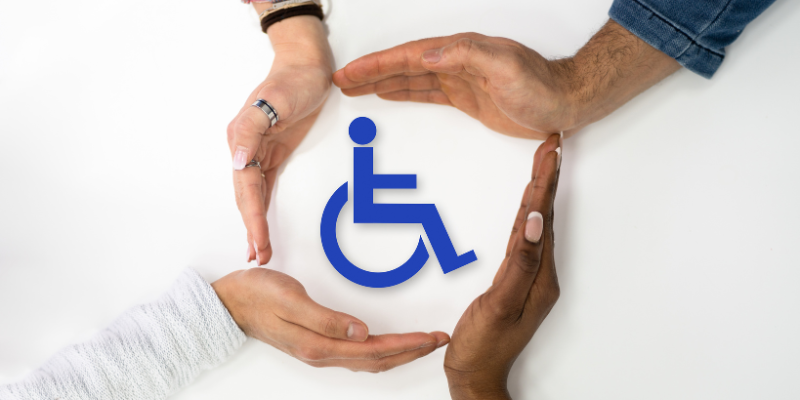
Mobility-Accessible Rooms
Creating a mobility-friendly room starts with clearing clutter and ensuring there's ample space for someone to move around freely.
This often includes creating space for mobility aids such as wheelchairs, canes, or walkers.
Widening doorways and removing obstacles like large furniture or unnecessary walls can also improve accessibility.
Lowering countertops and light switches is another helpful modification.
When everyday items are within easy reach, it reduces the risk of overreaching or stretching, which can lead to slips or falls.
Swapping traditional round doorknobs for lever-style handles is another smart upgrade.
These handles require less grip strength and are easier to operate, making them ideal for individuals with mobility issues.
Bathroom Modifications
Bathrooms can pose significant hazards due to moisture and slippery surfaces.
To enhance safety, consider installing handrails near the toilet and in the shower or bathtub area.
Replacing a traditional bathtub with a walk-in shower and installing non-slip flooring can greatly reduce the risk of accidents.
If budget is a concern, adding traction pads or grips to the floor is a cost-effective alternative.
Lowering bathroom countertops and adding shelving can make frequently used items more accessible, reducing the need for bending or stretching, which in turn decreases the risk of slips or falls.
Adapting for Mild Disabilities
Some home adaptations for disabilities may not require major renovations. Smaller adjustments include:
- Improving overall lighting
- Installing non-slip flooring in high-risk areas
- Adding ergonomic accommodations such as wrist and footrests
- Purchasing adjustable furniture
- Installing ramps over steps or uneven surfaces
By making these changes, you can create a home that is safer and more accessible for individuals with a range of needs, promoting independence and comfort for all.
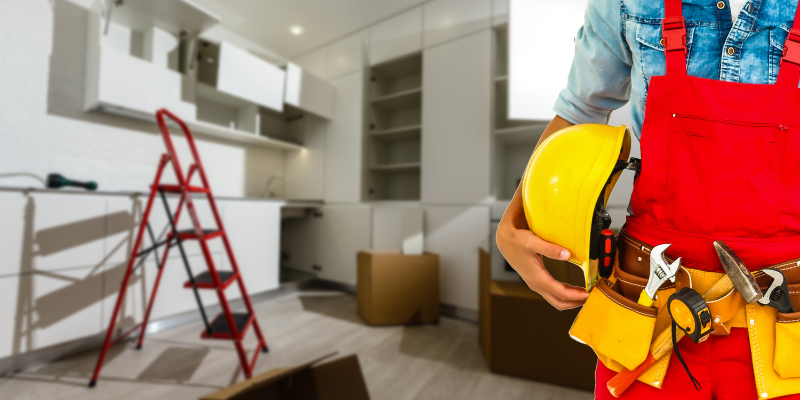
Need a Handyman in Alpharetta GA?
Give us a call!
We also provide handyman services for the
Lilburn,
Suwanne,
Buford,
Lawrenceville,
Duluth,
Norcross,
Stone Mountain,
Gwinnett County,
Cumming,
Roswell,
Johns Creek,
Dunwoody,
Sandy Springs,
Buckhead,
Midtown, and
Brookhaven.
You might also like
The Handyman Home Repair Blog
Areas We Service:
Alpharetta, Brookhaven, Buckhead, Buford, Cumming, Dacula, Doraville, Duluth, Dunwoody, Grayson, Lawrenceville, Lilburn, Lithonia, Loganville, Midtown, Norcross, Roswell, Sandy Springs, Stone Mountain, Snellville, Suwanee, and more!


Working hours
- Monday
- -
- Tuesday
- -
- Wednesday
- -
- Thursday
- -
- Friday
- -
- Saturday
- Appointment Only
- Sunday
- Closed
Handyman Services | All Rights Reserved. Website development by The Clueless Business Owner.
